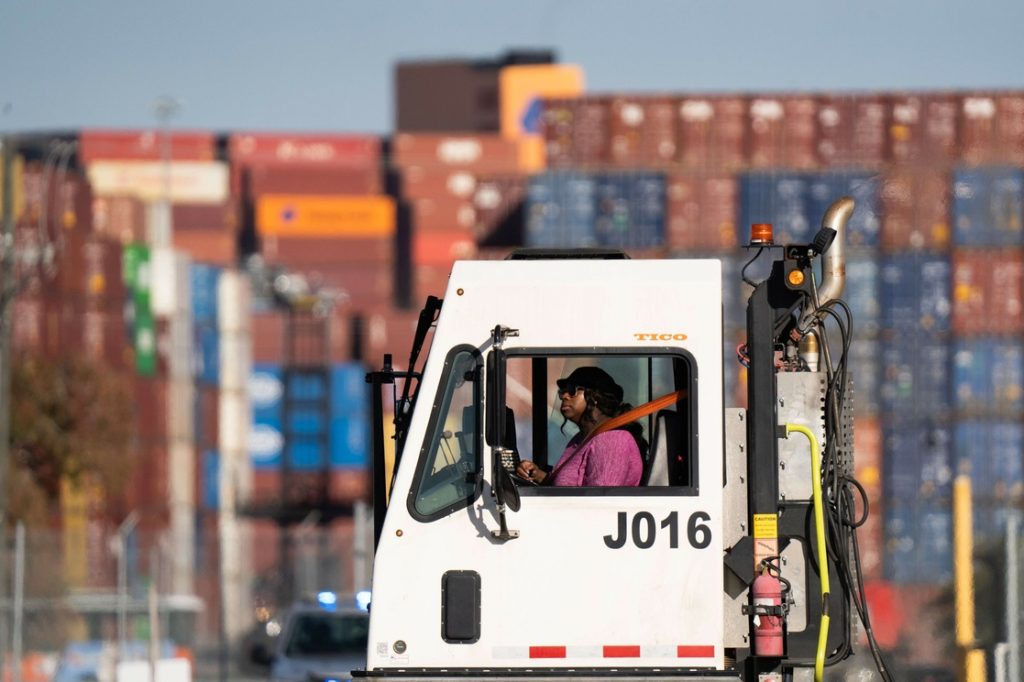La Jornada – Europe faces a shortage of 400,000 truck drivers

Chasio, France. Europe is facing a shortage of 400,000 truck drivers and transport companies are finding it difficult to hire due to the low wages they offer and difficult working conditions.
The shortage was felt before the pandemic but was exacerbated by the post-pandemic economic recovery, particularly in the UK where, combined with the effects of Brexit, it triggered a crisis.
Other countries have also been affected: Poland has a shortfall of more than 120,000 truck drivers, Germany about 60,000, and Spain 15,000, according to a study by British consultancy Transport Intelligence (TI).
“The reasons are manifold,” Violetta Kikarovska, who produced the T.I. study, told the Afp.
“The number of drivers is getting old, young people are not attracted to the trade, working conditions are not good, and wages are low,” he explained.
In some countries, the end of compulsory military service has left companies in the sector deprived of trained drivers.
At the large Solutrans logistics hall, which opened near Lyon on Tuesday, various training institutes are trying to lure candidates by having them drive a large truck in a simulator.
“It’s a profession with enormous responsibilities” said Regis Garcia, of Afterral Training Center, which has developed a lot in recent years.
“It’s not necessarily simpler, but it’s less mechanical and physical, and with more electronic assistance, drivers are traveling shorter distances than before,” he added.
Technological innovation may change the situation, too: Dyn’Acces has succeeded in Solutrans with a telescopic platform that allows a driver in a wheelchair to sit behind the wheel of a large truck.
Better rewards
In France, companies are short of 40,000-50,000 drivers, double what it was in 2017, through the National Road Transport Union, which has doubled down on its communications efforts.
In the Rhône-Alpes region, drivers rank first in the five most in-demand jobs. The French agency Pole Emploi is looking for 6000 long-distance drivers and 3,000 short-distance drivers in the region.
The research includes young people, wage workers in re-conversion and the unemployed. Women, who make up a small part of drivers, are also in great demand.
The cost of training ranges from 4,500 to 7,000 euros ($5,400 to $8,400), sometimes paid by the employer or public assistance. Vocational training has developed a lot, and a big truck license can be obtained from the age of 21.
Some young people are attracted and are seeking a license. “You don’t have your boss by your side and I’d rather walk outside than walk downtown,” said Pierre Nguembo, 29, a former delivery employee from Toulouse.
The future driver has extra hours to improve his income. Part of the solution is currently being decided between carriers and unions.
In their negotiations, representatives of salaried employees are demanding measures to improve the health and well-being of truck drivers and a reassessment of 10 percent of salaries, starting at minimum wage.
Employers’ organizations were in favor of a 3.5 to 4.5 percent increase, according to the French Democratic Workers’ Confederation (CFTC). The unions of the Confederate General del Trabago (CGT) and the Confederate General del Trabago-Fiorza Obrera (CGT-FO) have pulled out of the negotiating table and can plan their mobilization before Christmas.
“The pyramid of ages is very, very strong in transport. We will have difficulties, as we saw with Brexit,” warned Thierry Doyen, of the Commodity Futures Trading Commission.
We demand a balance between professional and private life. Nobody wants to work every weekend, every night, every vacation. We want to rotate so that people have a quality of life at work,” Dwayne told AVB.

“Future teen idol. Hardcore twitter trailblazer. Infuriatingly humble travel evangelist.”










